Encouraged by the success of the “Nursing Home in Amsterdam”, Lieberman decided to return to the previously made sketches and write a picture dedicated to children’s topics. So there was
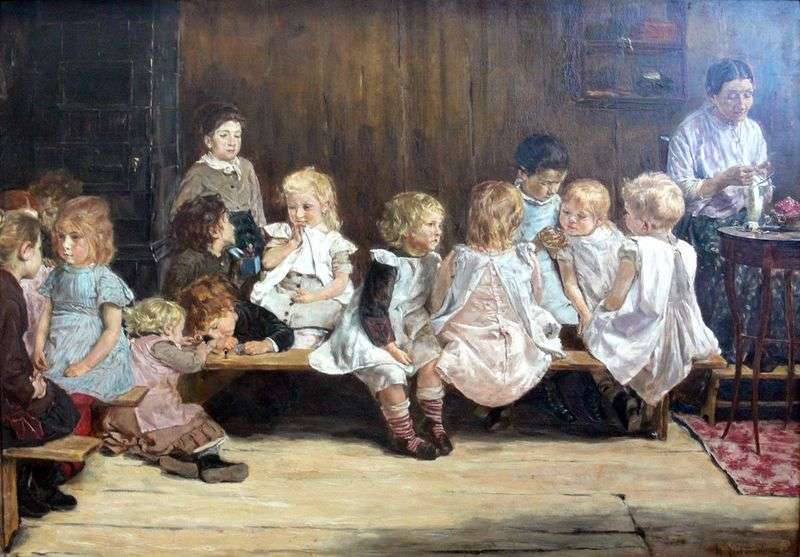

Encouraged by the success of the “Nursing Home in Amsterdam”, Lieberman decided to return to the previously made sketches and write a picture dedicated to children’s topics. So there was
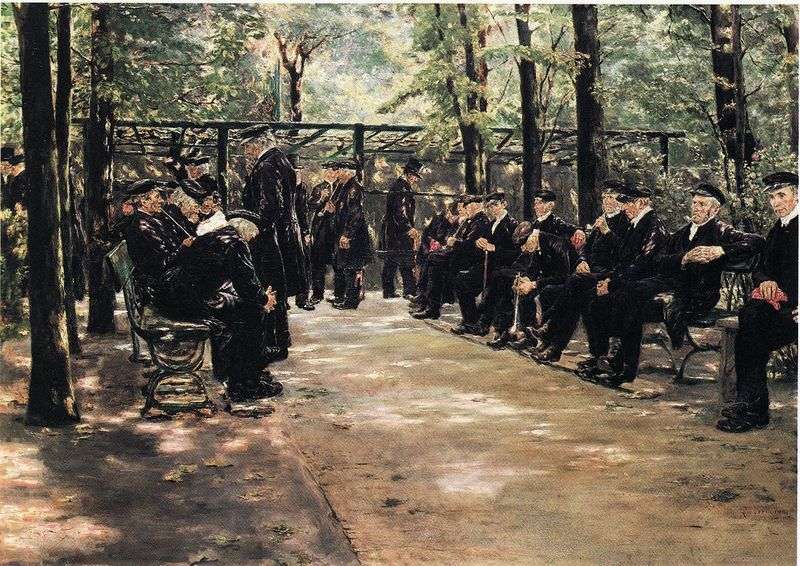
In the summer of 1880, Lieberman stayed in the Dutch village of Dongen, where he sketched for the Shoe Shop. Having finished work, before going back to Munich, the artist
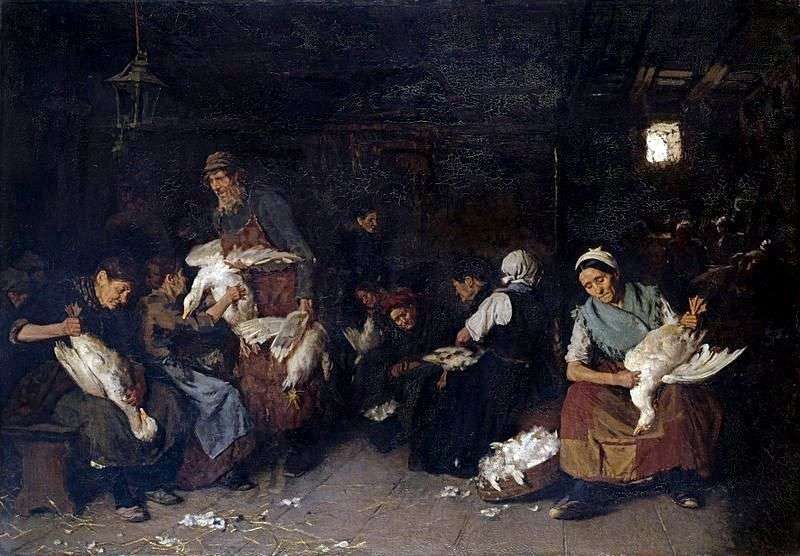
The very first large-scale work of the German artist with Jewish roots, Max Lieberman. The canvas caused an ambiguous reaction: the teacher Lieberman told his student that he had nothing
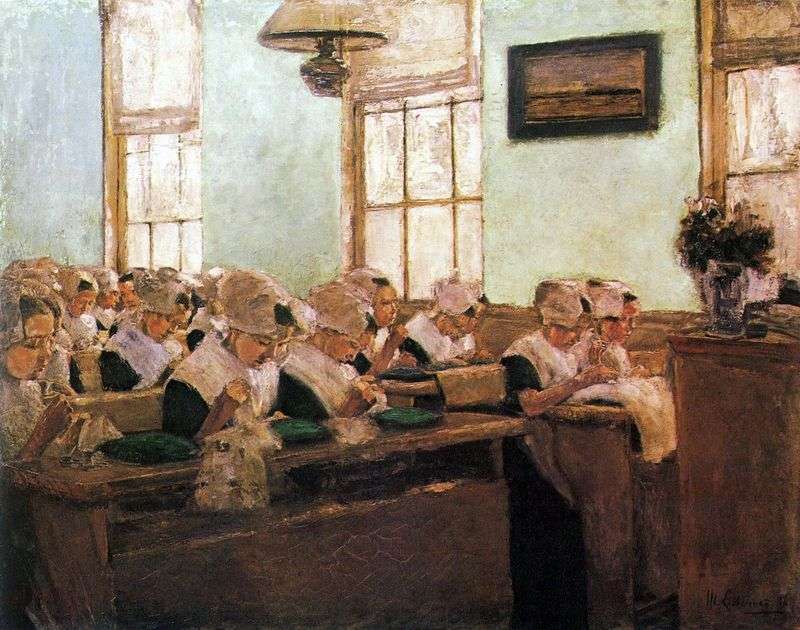
Max Lieberman had a good art education: in 1866-1868 he took painting lessons from Karl Steffek in Berlin, and the next four years he studied at the Weimar Art School.
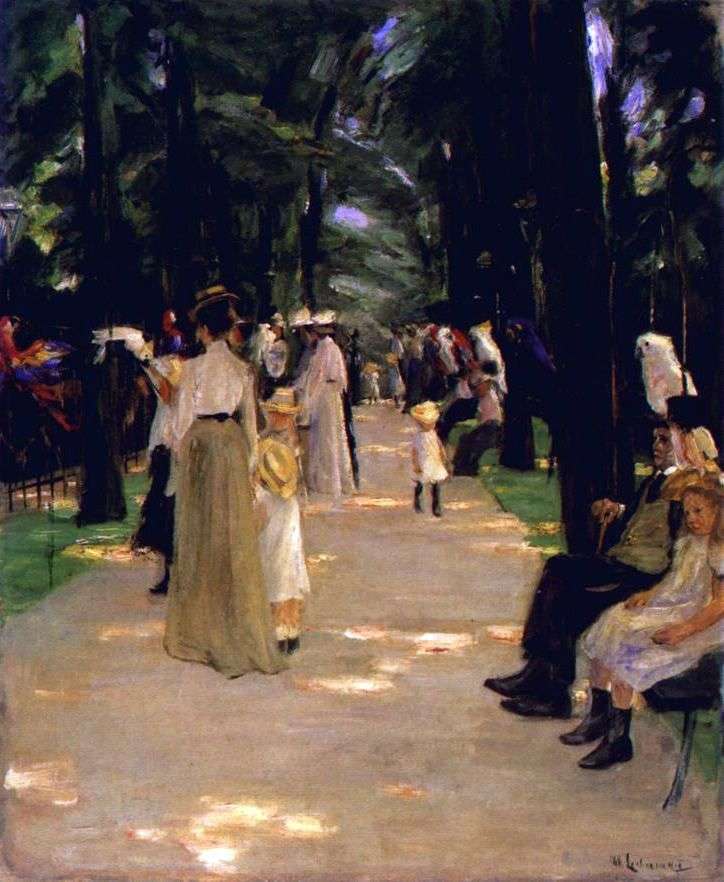
Lieberman is rightly considered the leading representative of impressionism not only in France, where this trend originated and flourished, but also outside it. The application of the main ideas of
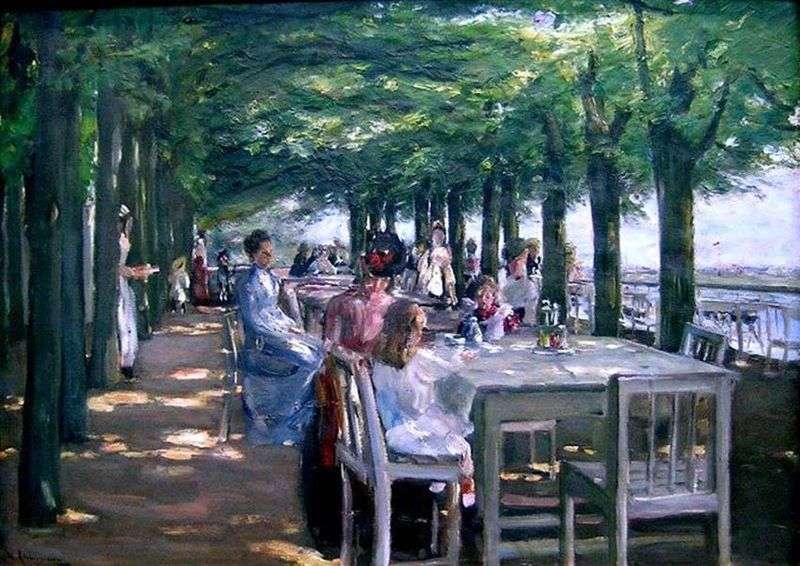
Despite the fact that Max Lieberman in 1870 – realizes his dream and arrives in Paris, settling down in Montmartre, the master could not become “his own” among fashionable French
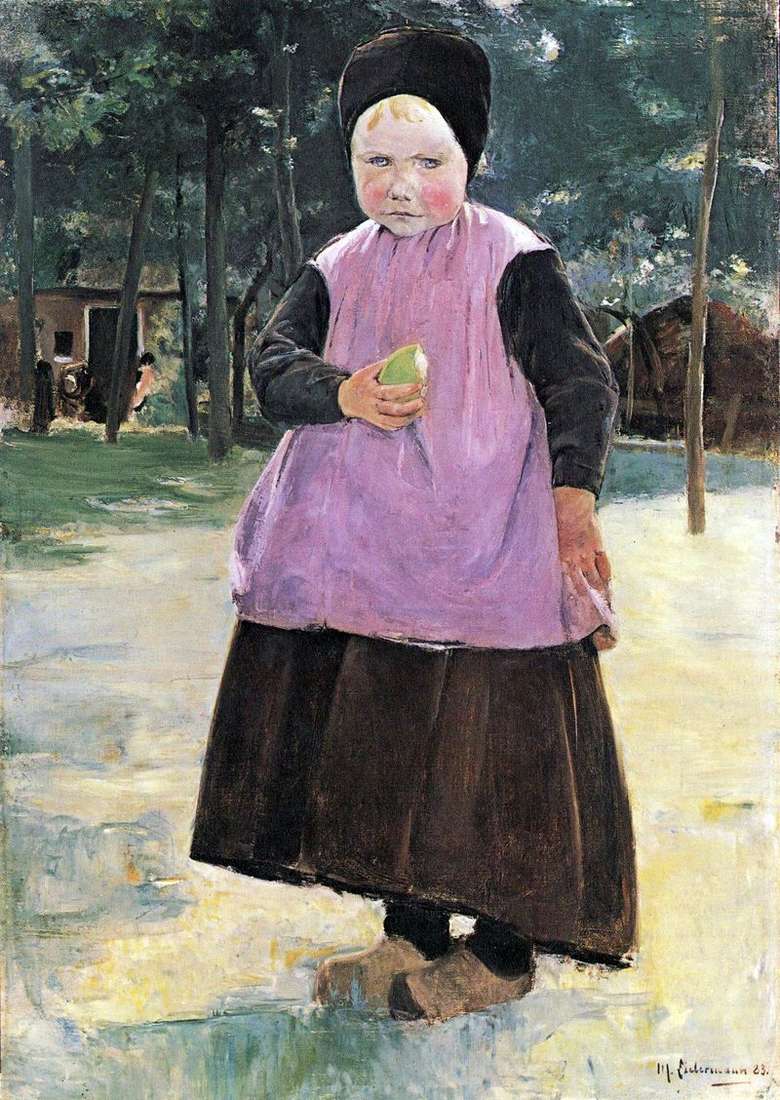
Fascinated by the everyday life scenes of artisans and peasants, Lieberman, in his works, sought to emphasize not the exhausting monotony of their hard physical labor, but the dignity, responsibility
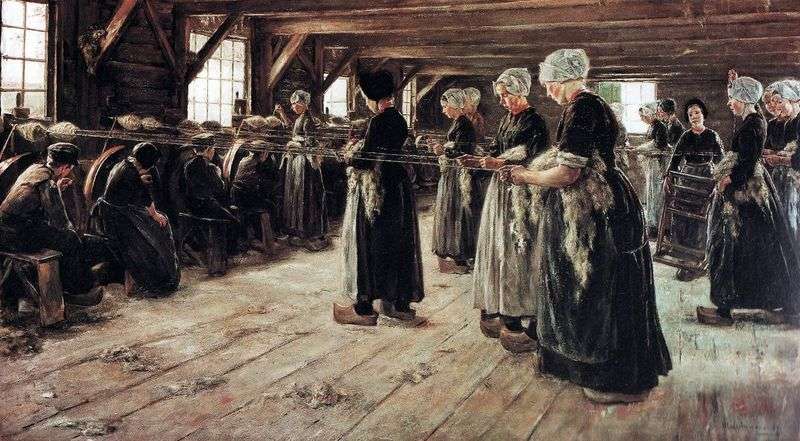
Lieberman always showed a genuine interest in the working life of ordinary people. This topic will be the main in his work, and related subjects with the most common. Representing